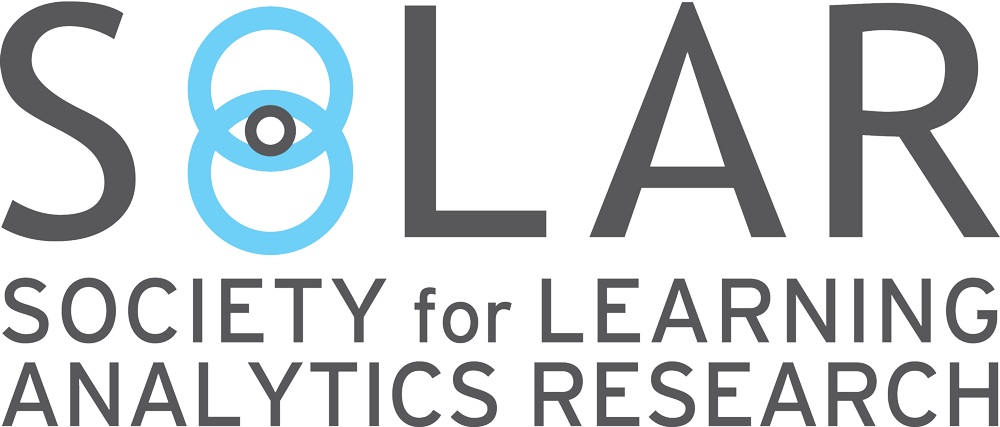Four roles for learning analytics: How pre-service teachers envisage learning analytics
December 1, 2021
Keywords: dashboard design, educational practices, learning analytics, Student engagement
Target readers: Learning Analytics Practitioners, Learning Designers, Educators, Researchers

Author: Anni Silvola
Position: Doctoral candidate at the University of Oulu, Faculty of Educational sciences. Anni is currently writing her dissertation about student perspectives on using learning analytics as a support for academic paths.

Photo by Jason Goodman on Unsplash
Four roles for learning analytics: How pre-service teachers envisage learning analytics
When learning analytics are designed effectively, they offer students valuable feedback and visualizations that help students to better direct their effort and engage with their studies. Student ‘engagement’ encompasses students’ observable behaviors, as well as their internal cognitions, emotions, and agency throughout their studies. Students who are well engaged, typically perform well, and enjoy their studies.
What kind of design in learning analytics supports engagement?
In our recent work, we examined pre-service teachers’ expectations, support needs, and concerns for learning analytics use as a support for their studies. In this post, I’ll describe the four different roles for learning analytics to support student engagement that we uncovered (summarising our more detailed analysis). These roles have important implications for both designing student dashboards, and the kinds of new educational practices that can be implemented with learning analytics.
1. Learning analytics can mediate information between the institution and student.
Students hoped that their progression in studies is monitored but that they are in charge of their learning and progression. They suggested a two-way role for learning analytics to mediate information. Firstly, students could have dashboards that gather all the relevant information in the same place. For example, they suggested a dashboard that would gather all the deadlines and ongoing course assignments into one place. That would help them to keep on track how they are doing with the courses.
At the same time they suggested that teachers and advisors would have an overview of student progression to see if someone isn’t progressing as expected. That would help academic staff to identify and contact students that need help. The important thing is the tone of how student progression is being monitored: students hoped not to be controlled, but better supported with new technologies.
2. Learning analytics can facilitate effective studying and increase students’ awareness.
Students wanted more detailed feedback on their learning. Students desired information on how to make their study habits more effective and ultimately improve their exam scores. In other words, students considered it very important that the LA tools would help them become more aware of their learning progression and to facilitate them to study effectively. They explained how important it would be for them to better identify gaps in their knowledge, and to be able to monitor the continuum in their skill development. That would also help in professional development, such as choosing the directions in their studies and reflecting their professional identity.
3. Learning analytics can provide help and support in different challenging situations.
Students emphasised how important it is that the feedback provided via LA tools motivates, activates, and inspires them on their academic paths. Students explained that they are aware of when they are falling behind with their studies — it’s getting back on track that’s tough when they face difficulties such as knowing how to organize delayed course assignments, how to start improving your exam grades or continue a course that you almost dropped out from. So students discussed the need for visualizations that don’t just present their current situation, but provide insights and possible suggestions of how to resolve the challenges, such as if they are about to fail a course. As increasingly discussed in learning analytics community, students also recognized the possible risk of LA feedback decreasing their motivation
So, while students certainly felt that the feedback should guide their learning, they also discussed how important they personally consider certain tools for their learning. They identified that their peers might need different kinds of LA tools. It is important to understand why students would use the designed tools and how these tools can actually help different students in practice.
4. Learning analytics can work as a feedback channel to adapt the learning conditions according to students' individual needs.
Student agency was highlighted throughout the conversations about study paths and learning analytics. Students suggested that LA could help them to personalise their learning by making different options visible, and helping them by adapting the goals and materials for learning. They especially discussed the possibilities for designing individual academic paths with the help of learning analytics tools. They envisaged that knowing what kinds of courses were available to them would help them to make better course choices as they planned for different kinds of careers.
Agency was also related to their sense of autonomy: students wanted to be able to decide when and how to use available LA tools. They also discussed critically the importance of their agency in privacy control and data protection. Students wanted to be involved in the conversation about institutional data management.
To summarise, we learned that considering all dimensions of engagement is important in designing LA tools. The four roles that students named for learning analytics help to contextualize how learning analytics at their best can positively influence student engagement. These roles help us to see how designing good LA tools is not just about the working functionalities in the dashboard, but remind us to raise our eyes beyond the digital systems, and see students as a whole. The key action is to understand students beyond the digital contexts and see how the LA tools can deliver actionable and meaningful insights in their everyday studies. How will you leverage learning analytics tools to improve educational practice?
Learn more...
Silvola, A., Näykki, P., Kaveri, A. & Muukkonen, H. (2021). Expectations for supporting student engagement with learning analytics: An academic path perspective. Computers and Education, 168, 104192.
